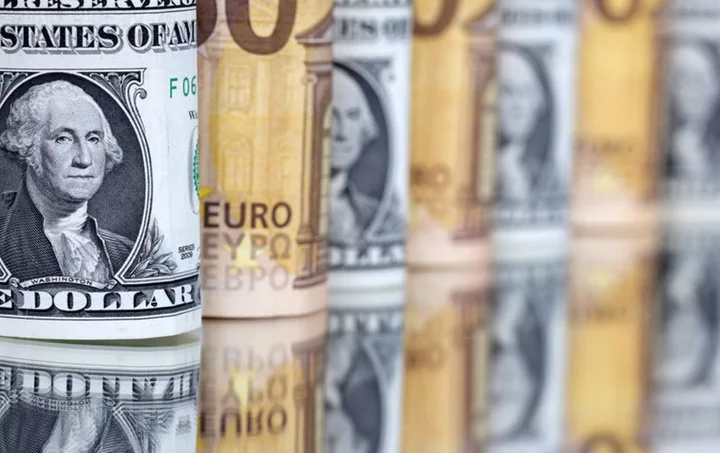By Kevin Buckland
TOKYO The dollar held its ground early on Thursday after a volatile two days that saw sharp declines followed by a rebound as traders took incoming economic data as signalling the Federal Reserve will wait longer before cutting interest rates.
The risk-sensitive Australian and New Zealand dollars sank amid a decline in regional equities.
The U.S. currency was little changed at $1.08425 per euro and slipped 0.15% to 151.15 yen after mounting a recovery on Wednesday from its steepest declines against major peers in a year.
The dollar index - which measures the greenback against the euro, yen and four other rivals - added 0.11% to 104.43. It gained 0.31% on Wednesday, following a 1.51% plunge the previous day.
The dollar drew support from better-than-expected retail sales numbers combined with more signs of a cooling of inflation, feeding into the narrative for an economic 'soft landing', which would allow the Fed more time before cutting rates.
Traders trimmed the odds for a first reduction by March to less than 1-in-4 from better than 1-in-3 a day earlier, according to the CME Group's FedWatch Tool.
"While inflation is falling, the economy remains robust, which might even allow the Fed to increase rates if they chose," although there doesn't seem to be appetite for a hike among Fed officials currently, said James Kniveton, senior corporate FX dealer at Convera.
Elsewhere, the Aussie slid 0.29% to $0.64905, and the New Zealand dollar declined 0.5% to $0.5993.
Australia's currency failed to draw support from a strong rebound in employment, as traders keyed on the fact that gains were mostly in part-time labour, while the jobless rate actually ticked higher.
(Reporting by Kevin Buckland; Editing by Shri Navaratnam)

